Learn more about the signs and managing this condition
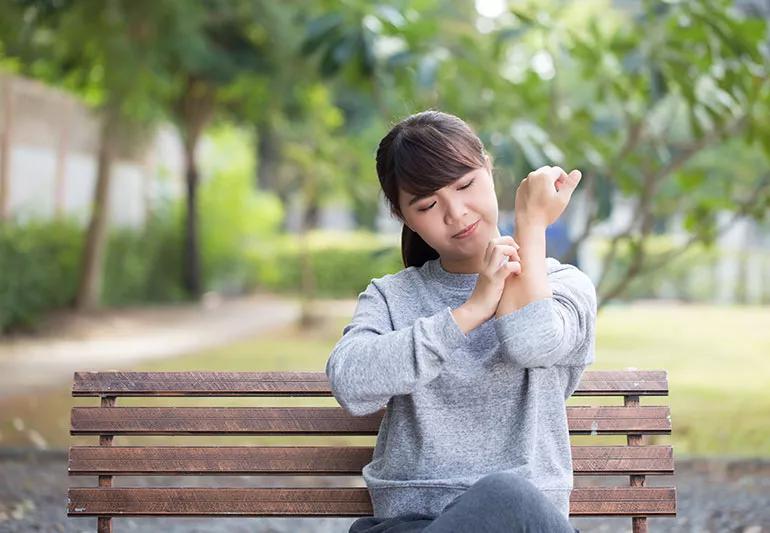
You live for closing those rings or reaching that daily step goal. For you, exercise is never a chore. But one day while exercising, you start wheezing, itching and you break out in hives. And it doesn’t happen once. It keeps on happening. Why are you experiencing this? A rare disorder known as exercise-induced anaphylaxis might be to blame.
Advertisement
Cleveland Clinic is a non-profit academic medical center. Advertising on our site helps support our mission. We do not endorse non-Cleveland Clinic products or services. Policy
So, what is it and how can it be prevented? Allergist and immunologist Roula Altisheh, MD, helps us understand this mysterious condition.
“The term ‘anaphylaxis’ refers to a severe allergic reaction,” says Dr. Altisheh. “It might also be called a severe systemic reaction.” She adds that while anaphylaxis is a life-threatening condition and anyone can experience it at any point in life, exercise-induced anaphylaxis isn’t very common.
“This condition is rare but it can be life-threatening. When patients come to me about it, they usually can associate their reactions with physical activity. This is not necessarily caused by low-intensity activities like walking down the street. It’s more common with moderate- to high-exertion activities like running or playing tennis,” says Dr. Altisheh.
During an allergic reaction, your immune system goes into overdrive and releases certain mediators such as tryptase and histamine. These chemicals come from what are known as mast cells, and they cause symptoms of an allergic reaction. Dr. Altisheh says the exact cause for exercise-induced anaphylaxis isn’t exactly clear.
The symptoms of exercise-induced anaphylaxis can start during any stage of physical activity. They can also affect your skin, heart and lungs. These symptoms include coughing, difficulty breathing or wheezing, along with other symptoms such as flushing, generalized itchiness, facial swelling, hives or feeling like your throat is closing.
Advertisement
“You could even experience gastrointestinal symptoms like an upset stomach, abdominal cramps, diarrhea and vomiting. Anaphylaxis might even involve your cardiovascular system, causing a drop in blood pressure or making you feel lightheaded or dizzy,” says Dr. Altisheh.
An allergist will take a closer look at what’s going on to identify what might be triggering anaphylaxis. It might be medication- (for example, non-steroidal anti-inflammatory drugs or NSAIDs) or alcohol-related. Dr. Altisheh says some people even experience exercise-induced anaphylaxis after eating certain foods.
Some common food triggers for exercise-induced anaphylaxis include:
“A person might be able to eat these foods and not have a reaction if they have not exercised. But if they have exercised, it’s possible to experience anaphylaxis up to three or four hours after eating a food that triggers it,” notes Dr. Altisheh. She adds that wheat or wheat protein and shellfish are the most common food triggers.
Diagnosing anaphylaxis in an outpatient setting comes with some challenges. Dr. Altisheh says that allergists not only have to decide whether the event reported is consistent with anaphylaxis, but they must also determine possible triggers while ruling out other health conditions.
Testing options for exercise-induced anaphylaxis include blood work, which can show if tryptase levels in your blood are elevated during an occurrence of anaphylaxis. Tryptase is a substance that’s released by mast cells during allergic reactions, so high levels are one indicator.
Your healthcare provider might also do a scratch test where they use a thin needle to prick/scratch your skin to identify possible triggers based on your history.
And if you’re up for a challenge, your healthcare provider might suggest just that — a challenge test. An allergist might do a food challenge to ensure you can tolerate the concerning food at rest. During one, you’ll eat a small amount of the food in question and your allergist will monitor you. Should you go into anaphylaxis, they’ll give you an epinephrine injection to stop it.
Some healthcare providers might recommend an exercise challenge where you run on a treadmill or perform some other physical activity. Dr. Altisheh says there’s no established protocol for this type of challenge “If an exercise challenge is pursued, it should be performed by an allergist in a setting where they are capable of treating anaphylaxis,” she says. Dr. Altisheh adds that she avoids this testing route because the risk is far more significant.
Advertisement
It doesn’t. You might just need to discover new ways to move your body.
Dr. Altisheh explains.
“I would never advise against exercising. There are so many health benefits of exercise. People usually know the level where that anaphylactic event happened. It’s important to understand the importance of stopping all exertion at the first sign of symptoms and never push through them.”
Not much is known about why this condition happens. Some believe when exercise brings your heart rate to a certain level, your blood flow is much faster and you may absorb more of an allergen that’s released into your bloodstream. However, Dr. Altisheh says that this and other theories aren’t 100% proven. She also says there isn’t a specific heart rate range where anaphylaxis kicks in.
If you’re diagnosed with exercise-induced anaphylaxis, Dr. Altisheh says understanding the importance of stopping activity at the first sign of symptoms is very critical. Living with this condition will also require you to carry an epinephrine auto-injector like an EpiPen® to stop a reaction.
“Always have your EpiPen with you and be sure to exercise with someone who’s able to recognize the symptoms of anaphylaxis and can administer the EpiPen if you are unable to. But most importantly, know your limits,” says Dr. Altisheh.
Advertisement
If you have to use your EpiPen, always call 911. That way, you can get help immediately and go to the hospital for additional monitoring.
Advertisement
Learn more about our editorial process.
Advertisement
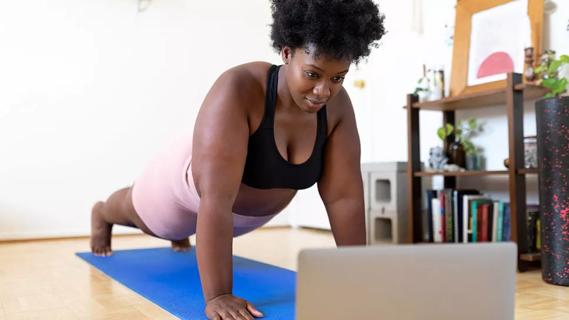
The exercise — which you’ve probably been doing since grade school — can be intimidating, but proper form can help

Exercise lowers risk for heart conditions, improves mental health and reduces visceral fat that can compromise your organs
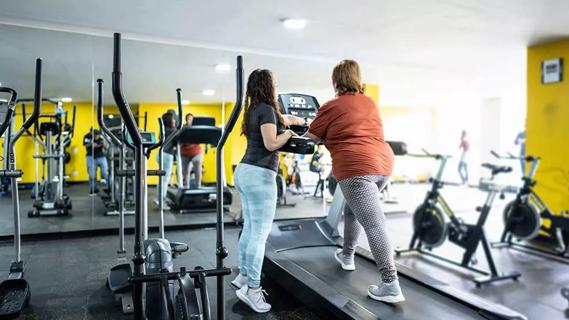
Ask questions, get referrals and consider if someone is a good fit for you and your fitness goals
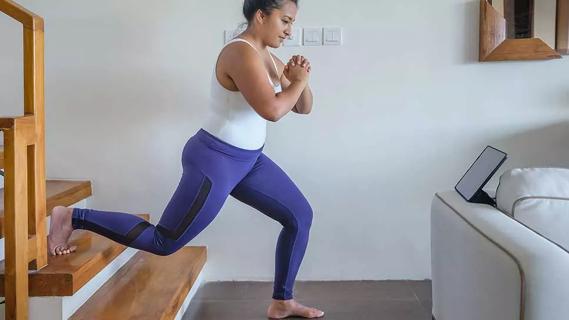
Expect a few bumps in the road, work out for the right reasons and give yourself some credit
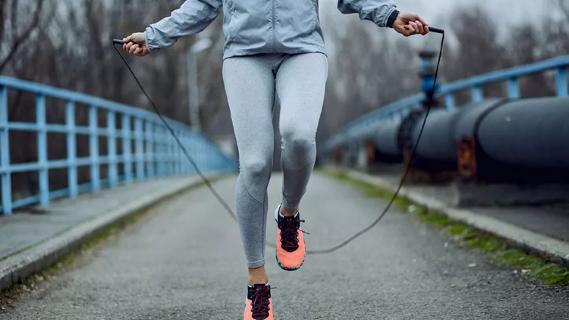
Jump into the swing of things to improve your coordination, burn calories and get your heart rate going

Walking with a weighted backpack is a low-impact, full-body workout that’s growing in popularity
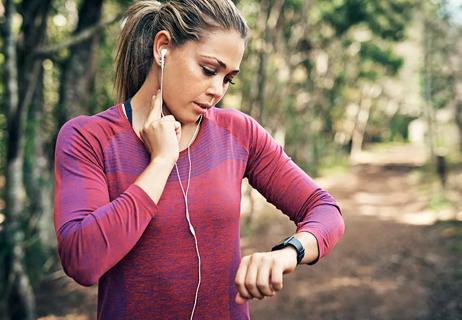
A super high heart rate means you’re burning more than fat
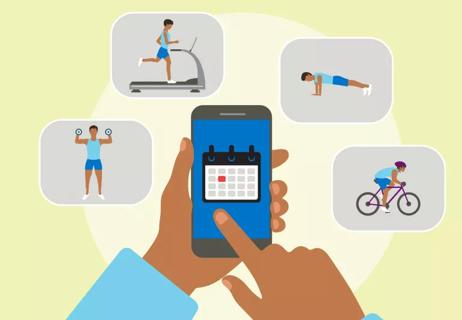
Meet your workout goals by accounting for frequency, intensity, time and type

Type 2 diabetes isn’t inevitable with these dietary changes

Applying a hot or cold compress can help with pain